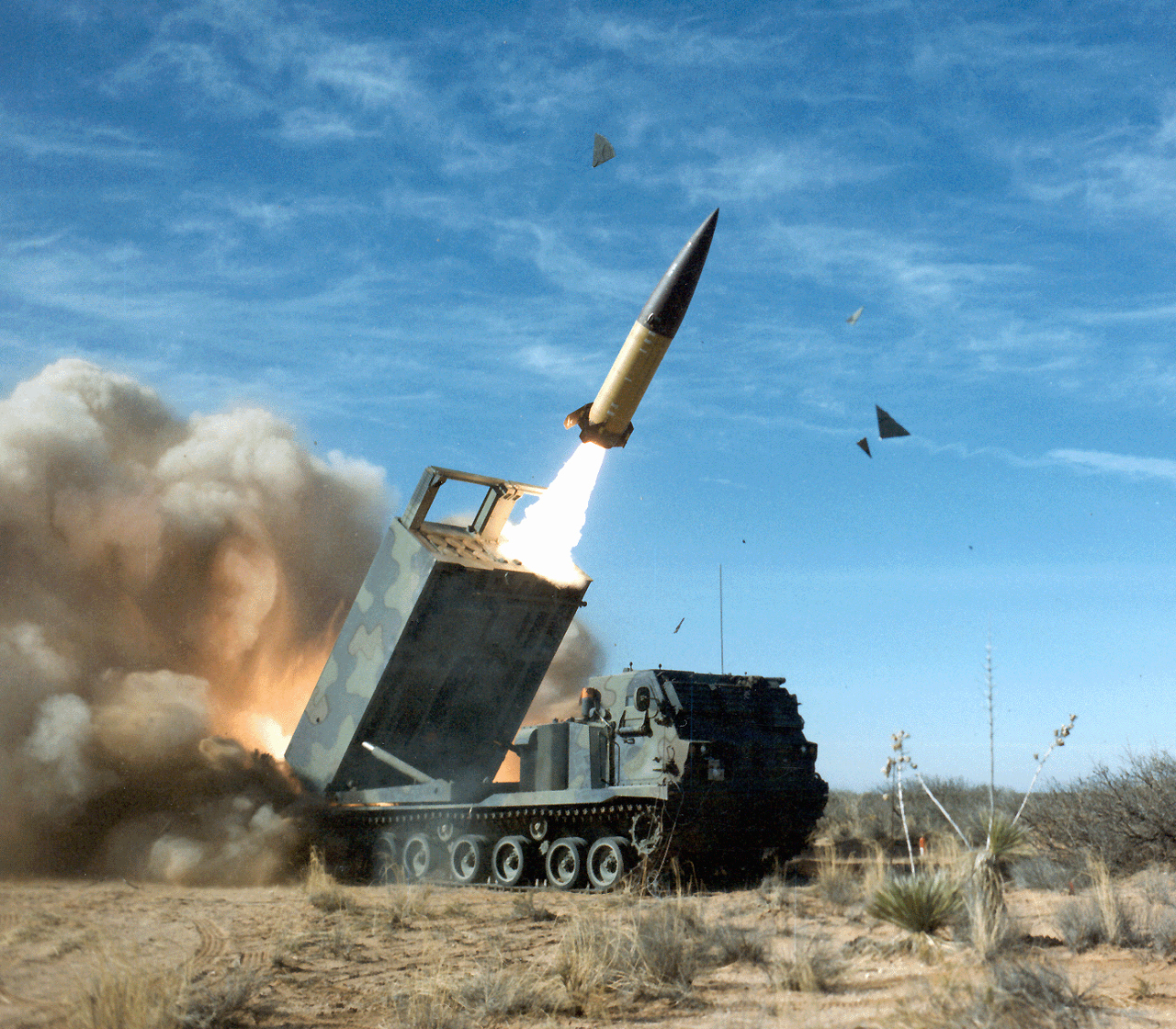On September 21, Russia carried out its most significant missile attack in weeks on Ukraine. It hammered its energy infrastructure in what officials said was the first salvo of a new air campaign against the Ukrainian power sector.
In the aftermath of this massive missile strike, five western, central, and eastern Ukrainian regions reported power outages. The attack brought back memories of the several airstrikes on vital infrastructure last winter that resulted in widespread outages and left millions of Ukrainians without heat during the brutal winter.
Ukrainian officials noted that a nine-year-old child was among the 18 injured in the airstrikes. A regional governor also reported the deaths of two individuals in a separate overnight Russian shelling.
Using a famous catchphrase from a popular show, lawmaker Andrii Osadchuk wrote on platform X (previously Twitter): “Winter is coming. Tonight (Russia) renews missile attacks on Ukrainian energy infrastructure.” Russia intermittently carries out aerial strikes on Ukraine, firing various cruise and ballistic missiles and kamikaze drones.
However, this particular strike was the first in six months directed at power infrastructure targets, according to grid operator Ukrenergo. After strikes last winter severely damaged nearly half of the nation’s energy system and forced grid operators to impose frequent rolling power outages, Ukraine has been rushing for months to do repairs.
❗️A massive Russian missile strike on the morning of September 21 damaged some energy facilities in central and western #Ukraine. This was the first Russian attack on the energy system in the last six months, Ukrenergo reported.
📷: State Emergency Service pic.twitter.com/oO1lN2LKjC
— KyivPost (@KyivPost) September 21, 2023
Ukrenergo has been tenaciously fixing damage as soon as feasible along with DTEK, Ukraine’s largest private power company. However, Russian troops have demonstrated an incredible ability to keep them on the defensive, occasionally even hitting the same target again right after repairs are completed.
As news of the Russian missile strike started to flood social media, some Ukrainians posted photos of dark plumes of smoke billowing in the Ukrainian skies. The netizens took to Platform X to detail the aftermath, with some reporting that hot water had disappeared from taps as thermal infrastructure came under attack.
The Russian military began a deliberate bombing operation in October 2022 to destroy Ukraine’s civilian water, electrical, and heating systems. The aim was to weaken Ukraine’s resolve to resist and subdue its people. In a campaign for some six months, 50% of Ukraine’s energy sector was impacted.
While power transmission lines, substations, and heating and cooling facilities are being repaired, 6.8 gigawatts of power-producing capacity is still not operational six months on; Ukraine’s current goal is to have 68% of the energy sector active by the end of September, as opposed to 51% in early August.
Against that backdrop and as the embattled country braces for another winter, the attacks on operational power infrastructure look like bad news for Ukraine. Even though Kyiv has now received and deployed air defenses from the West, guarding against attacks in such a large country remains a task.
Despite being caught on the back foot with a spate of attacks on Crimea and its Black Sea Fleet in recent days, Russian forces have continued to rain down missiles and suicide drones on Ukraine.
This has prompted another round of calls to arm Ukraine with more air defense systems, something it will need to ward off aerial strikes as it approaches winter.
US Defense Secretary Lloyd Austin recently urged Western defense officials to “dig deep” and give Ukraine new air defense systems for fending off frequent Russian missiles. “Air defense is saving lives,” Austin said. “I urged allies and partners to dig deep and donate whatever air defense munitions they can as Ukraine heads into another winter of war.”
Another US Military Package But No ATACMS!
A US official informed CNN that the White House intends to provide Ukraine with a fresh aid package when President Volodymyr Zelensky visits the country on September 21.
The source noted that based on current drawdown authority, the package will add to the nation’s air defense, anti-aircraft, anti-armor, and artillery capabilities, better preparing it for continuous counteroffensives and beyond.
Ahead of a challenging winter, when additional attacks on vital infrastructure are anticipated, Ukraine is also expected to benefit from the package’s air defense capabilities in defending its skies.
However, the ATACMS, or Army Tactical Missile Systems, which would provide Ukrainian soldiers the capacity to strike targets at a greater distance, are not anticipated to be part of the package. John Kirby, a spokesman for the National Security Council, said that while ATACMS are “not off the table,” the agencies considering whether to provide the weapons have not decided yet.

While ATACMs would give long-range capabilities to Kyiv, the US military has informed the White House that Ukraine’s more urgent needs during the counteroffensive are vehicles, mine-clearing equipment, and short-range anti-aircraft equipment to penetrate Russian defenses.
When questioned if he would be upset not to obtain those capabilities, Zelensky responded, “For us, that’ll be a loss if we won’t be able to get that weapon which will protect us.” However, he added, “But it’s not a disappointment. It’s just going to be a loss.”
This announcement is when Western media and military watchers have been speculating that the US might finally allow a transfer of the long-sought ATACMS. Although a host of weapons will enter Kyiv, the coveted ATACMS will not be one of them for now.
- Contact the author at sakshi.tiwari9555 (at) gmail.com
- Follow EurAsian Times on Google News




